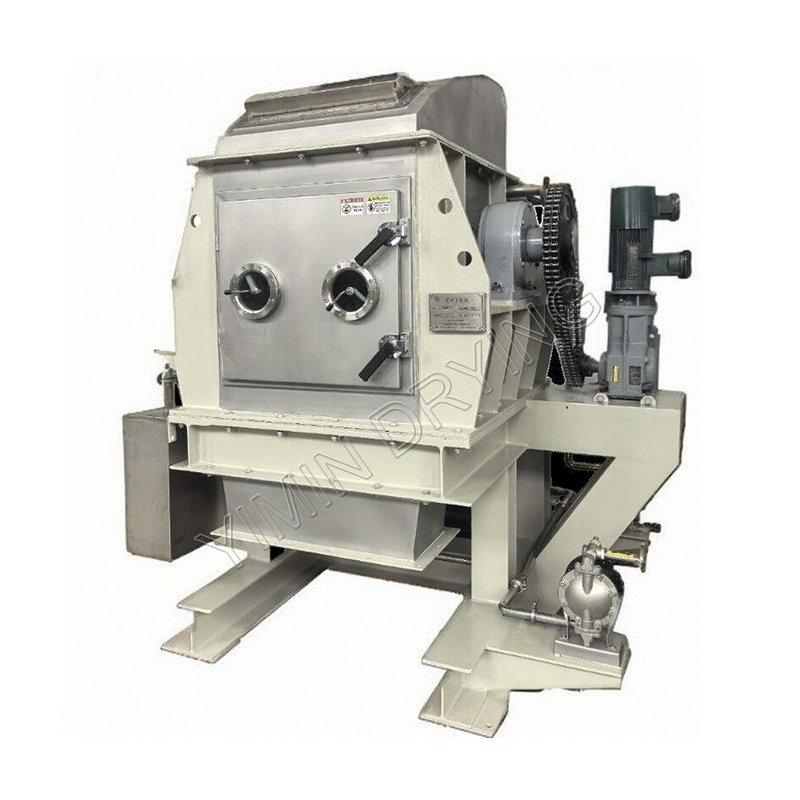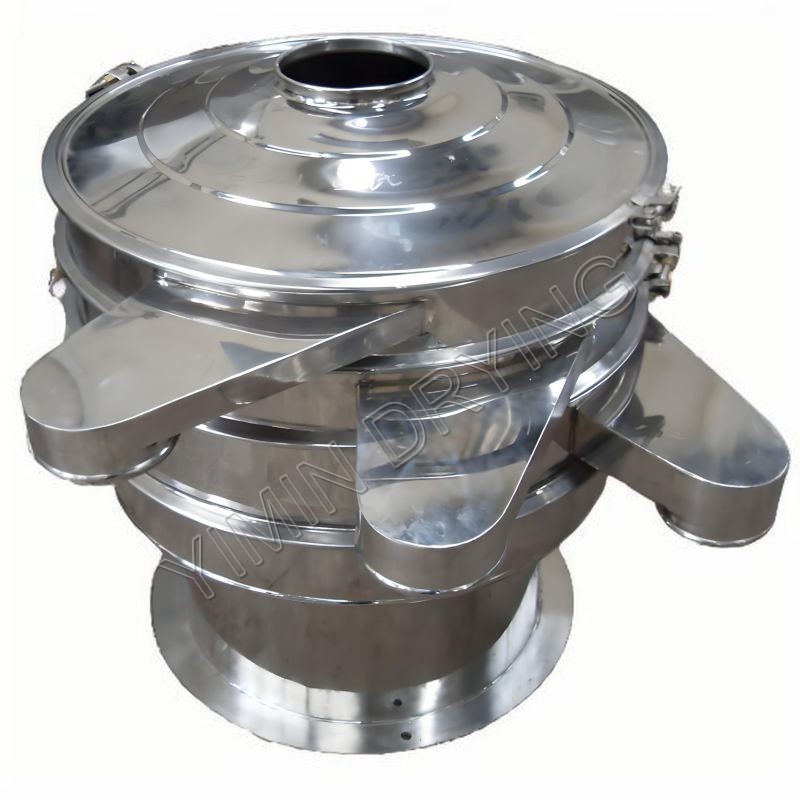Why is wet granulation used?
Wet granulation is a fundamental process in the pharmaceutical and other industries, serving to transform fine powders into granules. This method offers numerous advantages that make it a preferred choice for a wide range of applications.Wet granulation is a critical process in various industries, particularly in pharmaceuticals, due to its ability to improve the properties of powdered materials. It involves the addition of a liquid binder to a powder bed, which causes the powder particles to agglomerate and form granules. This method is widely adopted for several compelling reasons:
Enhancing Flowability
One of the primary reasons for using wet granulation is to improve the flowability of powders. Fine powders often have poor flow characteristics due to their small particle size, high surface area, and cohesive forces. This can lead to issues like uneven die filling in tablet presses or inconsistent dosing. Granulation creates larger, more spherical particles that flow more freely and predictably, ensuring consistent processing and product uniformity.
Preventing Segregation
Another significant benefit of wet granulation is its effectiveness in preventing segregation of components in a powder mixture. When dealing with mixtures of powders with different particle sizes and densities, the finer or denser particles tend to settle, leading to non-uniform distribution. The granulation process binds these different particles together into composite granules, ensuring that each granule contains a representative proportion of all active ingredients and excipients. This is crucial for maintaining dosage accuracy in pharmaceutical formulations.
Increasing Bulk Density
Wet granulation also helps to increase the bulk density of powders. Fine powders typically have a low bulk density, meaning they occupy a large volume for a given weight. This can pose challenges for storage, transportation, and processing, as it requires larger equipment and packaging. By compacting the powder into denser granules, wet granulation reduces the bulk volume, making the material more economical to handle and store.
Improving Compression Characteristics
For industries producing tablets, such as pharmaceuticals, wet granulation is essential for improving the compression characteristics of powders. Many active pharmaceutical ingredients (APIs) and excipients are not directly compressible. Granulation enhances particle cohesiveness and deformability, which are vital for forming robust tablets with adequate hardness and low friability. The granules provide a more uniform feed to the tablet press, resulting in consistent tablet weight, hardness, and disintegration time.
Reducing Dust and Improving Safety
The presence of fine powders in manufacturing environments can lead to dusting, which poses health hazards to operators (e.g., respiratory issues) and increases the risk of cross-contamination. Wet granulation effectively reduces dust generation by binding fine particles into larger agglomerates. This not only creates a safer working environment but also minimizes product loss and contamination, leading to a cleaner and more efficient process.
Controlling Dissolution and Release Rates
In pharmaceutical applications, wet granulation can be manipulated to control the dissolution and release rates of drugs. By varying the type and amount of binder, the granulation parameters, and the excipients used, formulators can influence the porosity and density of the granules. This allows for the design of immediate-release, sustained-release, or enteric-coated formulations, tailoring the drug's therapeutic effect.
Enhancing Appearance and Stability
Finally, granulation can contribute to enhancing the aesthetic appeal and stability of the final product. Granules often have a more uniform size and shape compared to powders, which can improve the visual quality of the product. Furthermore, by reducing the exposed surface area of individual particles and encapsulating them within a binder, granulation can improve the chemical and physical stability of sensitive ingredients, protecting them from environmental factors like moisture and oxygen.
In conclusion, wet granulation is a versatile and indispensable technique driven by its ability to overcome the challenges associated with handling fine powders. Its widespread use across various industries, especially in pharmaceuticals, underscores its critical role in producing high-quality, consistent, and safe products.




 English
English русский
русский عربى
عربى Türk
Türk




